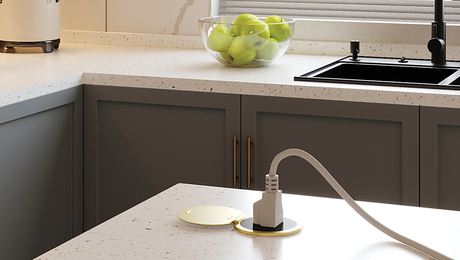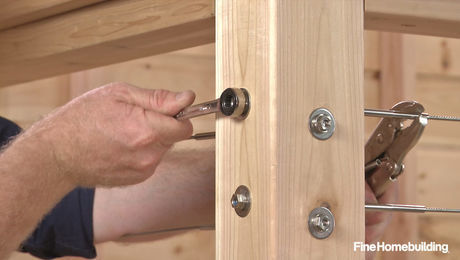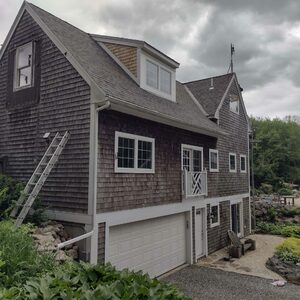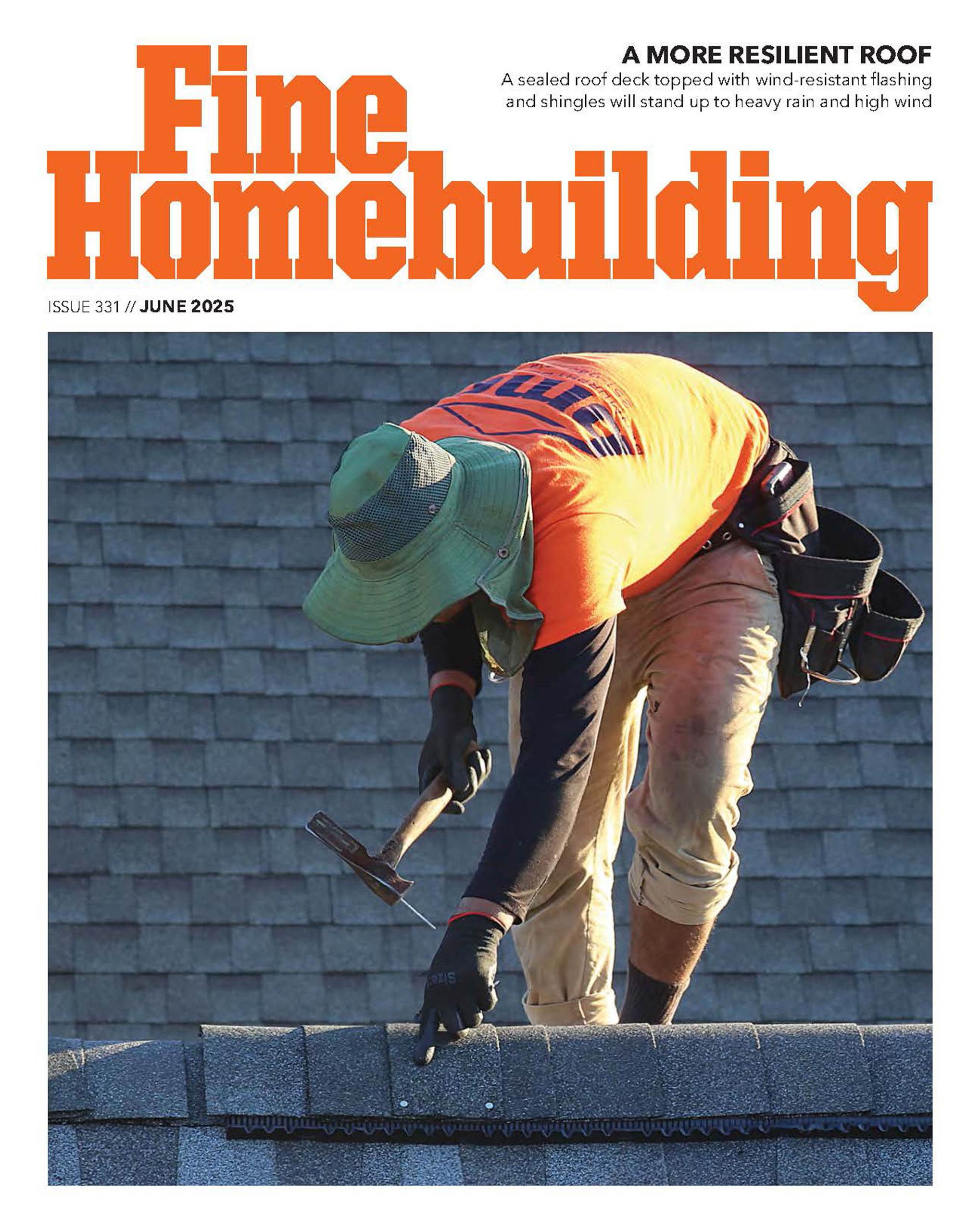I maintain some neighborhood trails and there is one area that’s giving me grief. At the end of a conventional cement sidewalk is a space of about 15 feet before our nature trails begin. This area got washed out quite a bit in the past and was often muddy. A large drain was recently installed underneath and I thought (hoped) that solved the water problem.
We installed pavers over a paver base for this 15 foot section. We laid a layer of gravel, then paver base, then pavers and grouted with sand. Unfortunately the first big rain washed out a much of the paver base and sand. The area is on just enough of an incline to cause some surface runoff around the pavers.
How can I make this small stretch of pavers stable and resist washout underneath?
We’re trying to avoid using mortar.
Any advice appreciated.
Discussion Forum
Discussion Forum
Up Next
Video Shorts
Featured Story

A new code-compliant, spill-safe outlet from Legrand offers a sleek solution for a kitchen island plug.
Featured Video
How to Install Cable Rail Around Wood-Post CornersHighlights
Fine Homebuilding Magazine
- Home Group
- Antique Trader
- Arts & Crafts Homes
- Bank Note Reporter
- Cabin Life
- Cuisine at Home
- Fine Gardening
- Fine Woodworking
- Green Building Advisor
- Garden Gate
- Horticulture
- Keep Craft Alive
- Log Home Living
- Military Trader/Vehicles
- Numismatic News
- Numismaster
- Old Cars Weekly
- Old House Journal
- Period Homes
- Popular Woodworking
- Script
- ShopNotes
- Sports Collectors Digest
- Threads
- Timber Home Living
- Traditional Building
- Woodsmith
- World Coin News
- Writer's Digest


















Replies
Is there enough room and grade to allow drain tile under your finished pavers or other?
Is there sloping grade to this spot, then it flattens out?
We’ve walked miles of trails all over the country under all sorts of conditions. You’re not the only one with a recurring problem. Some have embraced the problem, others keep trying.
One “embracer” with a trail that skirted a seasonal marsh “board walked it” on risers. Problem solved.
So, maybe an arched “bridge” over that spot?
Best of luck.
A boardwalk is what people would do here in NH. As far as pavers go, your best bet would be to remove any organic material, then clean 3/4" crushed rock in place of paver base to allow water to pass through. Compact with every two inch lift, you can do 3/8" clean crushed rock for your screed layer. The base will eventually fill with organics and fail, but should work in the meantime. You can use sandy fill on the side of the path from which the water is flowing as a filter to try and keep organics from flowing into your clean crushed rock base. Honestly, a boardwalk is probably your best bet, lay sleepers perpendicular to the length of the path, then nail deckboards with the length of the path. Each deckboard should contact at minimum 3 of the sleepers (except for the beginning and end where some may only contact 2), your joints should be staggered so that it's all tied together.
It sounds like a challenging spot! Since mortar isn’t an option, consider using permeable paver base grids to lock in stability while allowing drainage. Additionally, edging restraints and polymeric sand (which hardens when wet) can help prevent washout. You might also redirect runoff with a French drain or swale uphill.